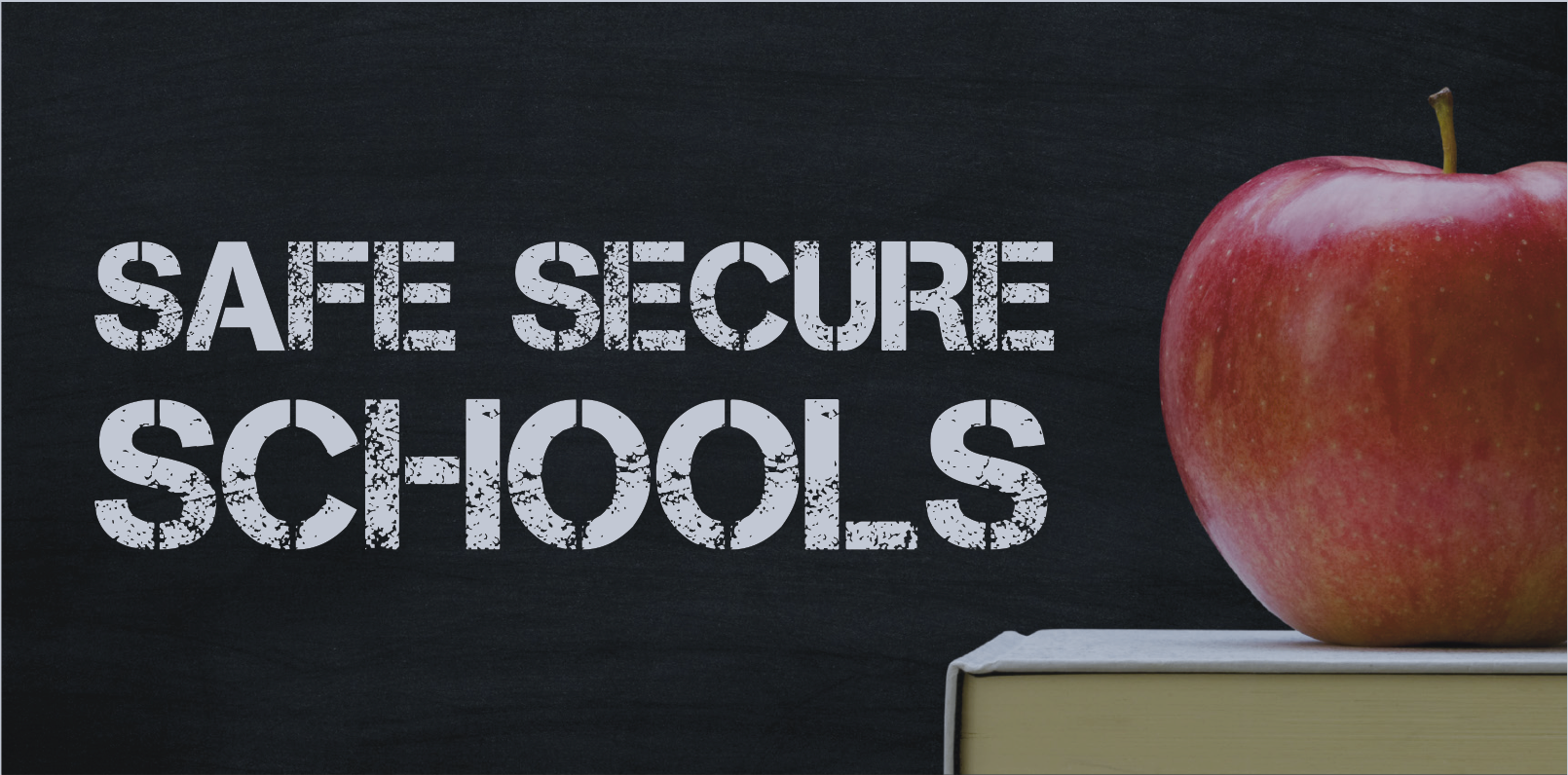Ongoing events involving public school threats cause us to reflect if our schools are safe enough. Is complete school safety something we can realistically achieve? Today’s educators are faced with a growing list of concerns involving child safety at school. In the past, school safety plans dealt with keeping children secure from the threat of danger or accidents and being free from harm or risk. Today’s school safety plan must be redesigned to equate safety with readiness and incident management. While incidents of gang violence, bullying, cyber-bullying, fights and weather are much more frequent and common threats to student safety, the horrific school shootings, while rare, understandably grab the headlines and compel us all to want to take action.
The good news is that if schools plan and prepare for the most common threats to our children they will have prepared for the more uncommon threats. Creating a plan, deploying the right technologies and practicing the plan in real time helps to ensure that should the worst case scenario occur the staff and students know how to react and what to do during an emergency. There is no way to completely prevent threats to child safety at school from happening and making the evening news. But we can prepare and practice to limit the risk and harm during an emergency.
Technology, more than ever before, plays a key role in Prevention and Response Management. If deployed wisely in layers and integrated properly, technology can help automate and manage the response to a crisis. Here are a few examples of what schools can do:
- Use architectural features to limit access to the campus. Redesign entrances to funnel all access through manageable and restricted portals.
- Use surveillance cameras to watch critical areas and record events. Implement software solutions in the cameras to take the place of human eyes and warn of unusual circumstances.
- Eliminate keys that can be lost, stolen or transferred and replace with digital access credentials that can be easily turned on and off if lost and even automatically controlled during an emergency. Automate the school doors during a lockdown to eliminate the need for staff to lock the doors.
- Replace the old school intercoms installed in the 70’s and 80’s with modern network based Crisis Management Systems. They still ring the bell schedule, broadcast announcements and office staff can still call the classroom, but when triggered during a crisis, they take control of the door access automatically locking down the campus. They convert the critical camera locations to full-time, high definition recording. They broadcast clear, automated pre-recorded messages throughout the school advising students and staff of what actions to take, and emergency buttons in the classrooms convert to “all-safe” status buttons that the teacher can press to indicate that the classroom is secure and all students are accounted for.
Just as a School Safety Plan must be practiced and updated to remain effective, so must the technology that supports student safety be updated and serviced to remain effective. There is general agreement among school professionals that no amount a planning and technology will prevent every tragedy, but the thoughtful integration of technology with an evolving safety plan is at the foundation of helping keep our children safe.

